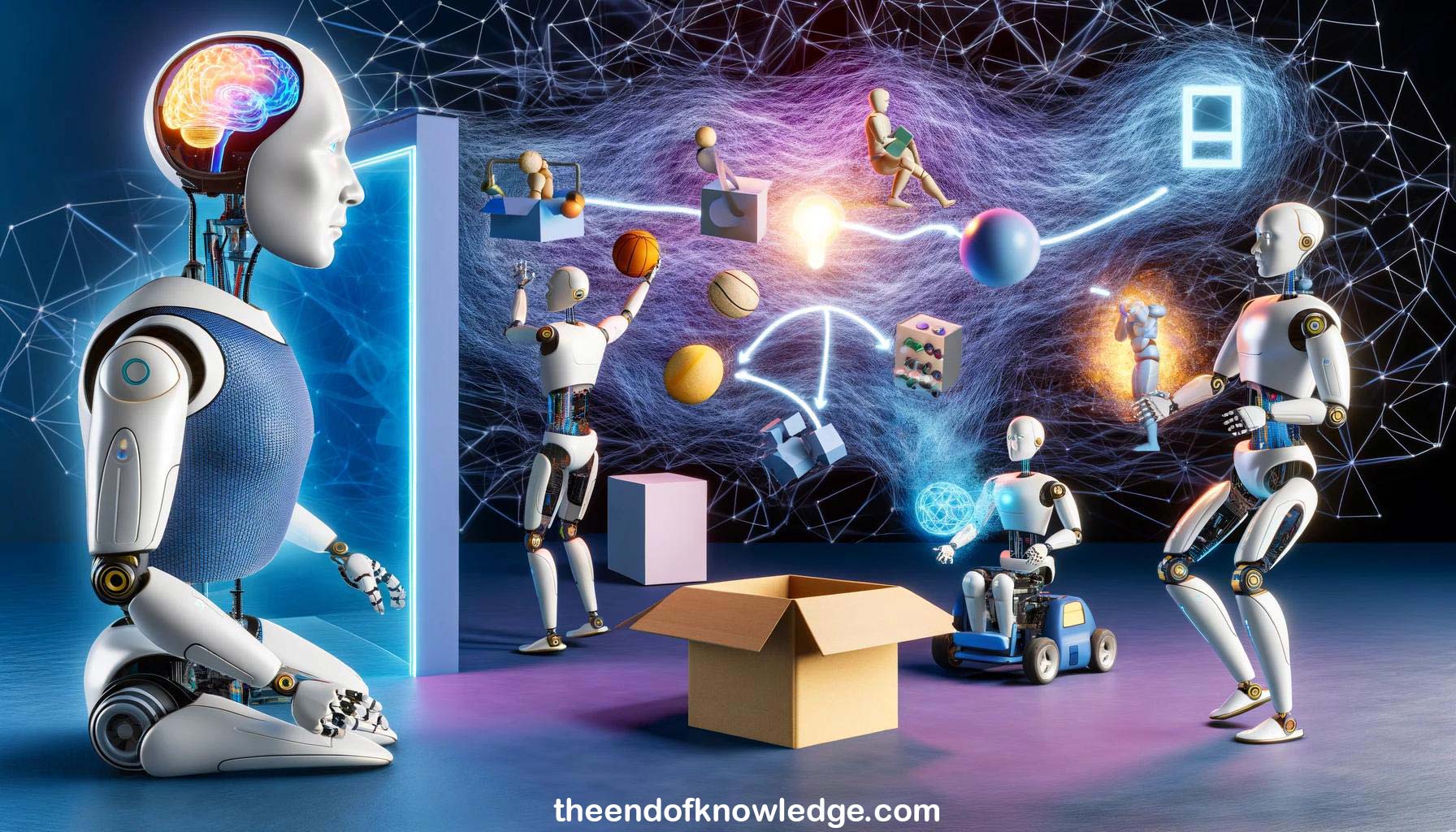 >
>
Concept Graph & Resume using Claude 3 Opus | Chat GPT4 | Gemini Adv | Llama 3:
Resume:
1.-Deep robotic learning lessons apply broadly to machine learning systems interacting with the real world.
2.-Considering perception and action together as one sensorimotor loop can simplify both.
3.-Humans catch balls using gaze tracking to couple perception and action, not by explicitly modeling physics.
4.-Current humanoid robots perform tasks slowly using separate perception, modeling, planning and execution stages.
5.-Humans perform sensorimotor skills like opening doors smoothly by combining perception and action.
6.-The talk presents algorithms for robots to learn sensorimotor skills using deep neural networks trained end-to-end.
7.-Guided policy search breaks tasks into instances solvable without vision, then trains a deep network to generalize using vision.
8.-Guided policy search alternates trajectory optimization on simple models with supervised network training to handle complex policies and dynamics.
9.-Experiments show guided policy search enables robots to perform complex sensorimotor skills using vision.
10.-End-to-end visuomotor policies outperform two-stage baselines, showing the benefit of sensorimotor coupling.
11.-Guided policy search has been applied to manipulation, locomotion, flight and other tasks.
12.-Scaling up deep robotic learning requires large amounts of diverse data, similar to the success of supervised learning.
13.-A parallel robot setup was built to collect grasping data with 14 robots learning collectively.
14.-Grasping was posed as a continuous sensorimotor prediction problem rather than one-shot grasp selection.
15.-The parallel grasping system was trained with self-supervised learning based on grasp success labels.
16.-The system uses a neural network to continuously select grasping actions based on images without calibration.
17.-Continuous visual feedback for grasping outperformed a baseline using calibrated open-loop grasp selection.
18.-The grasping system exhibited interesting emergent behaviors like handling soft objects, heavy objects and translucent objects.
19.-Data diversity and real-world experience will be critical for highly generalizable sensorimotor skills in robotics.
20.-Robots could pool experience to collectively learn generalizable policies for repetitive real-world tasks like box packing.
Knowledge Vault built byDavid Vivancos 2024